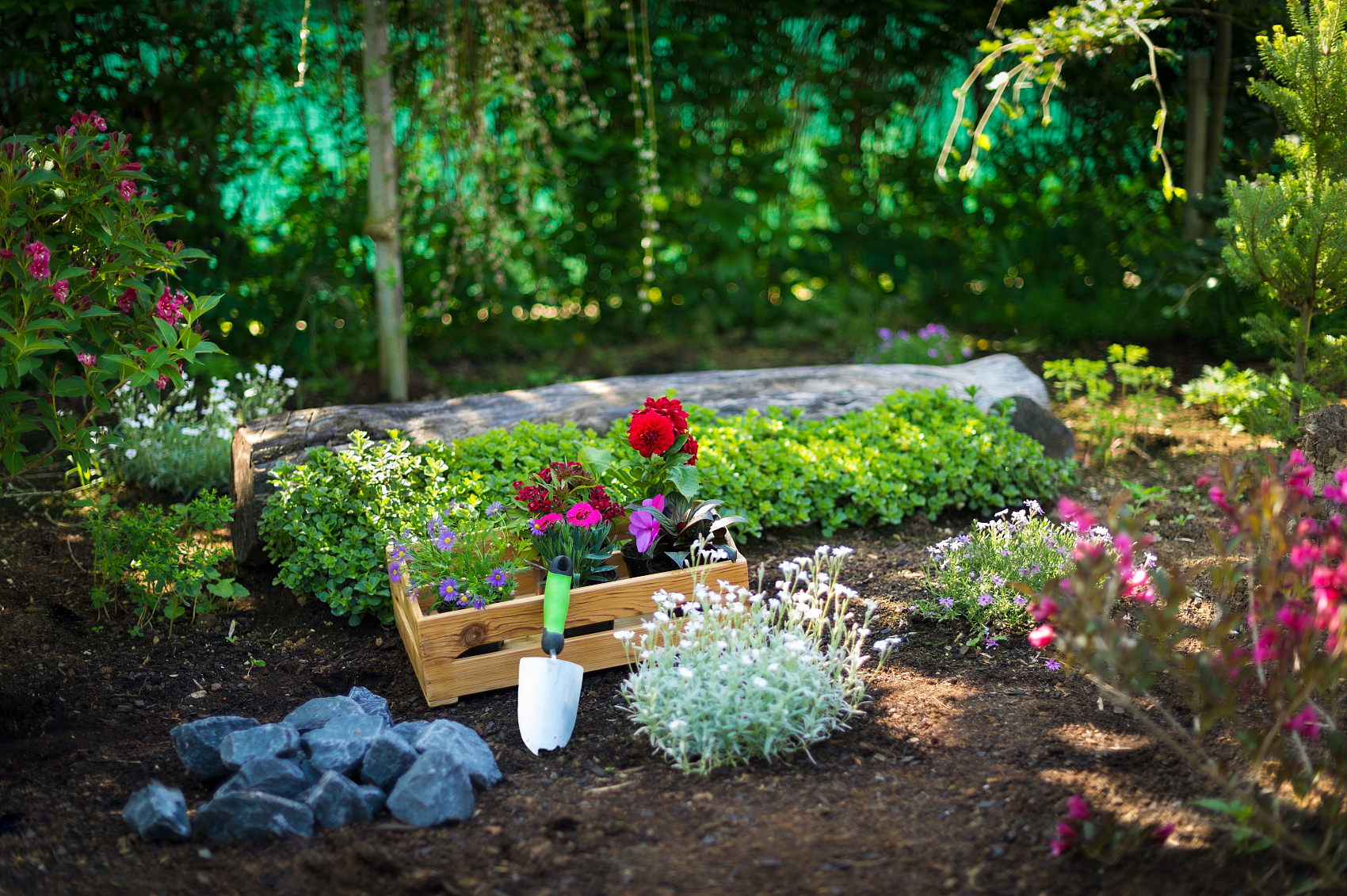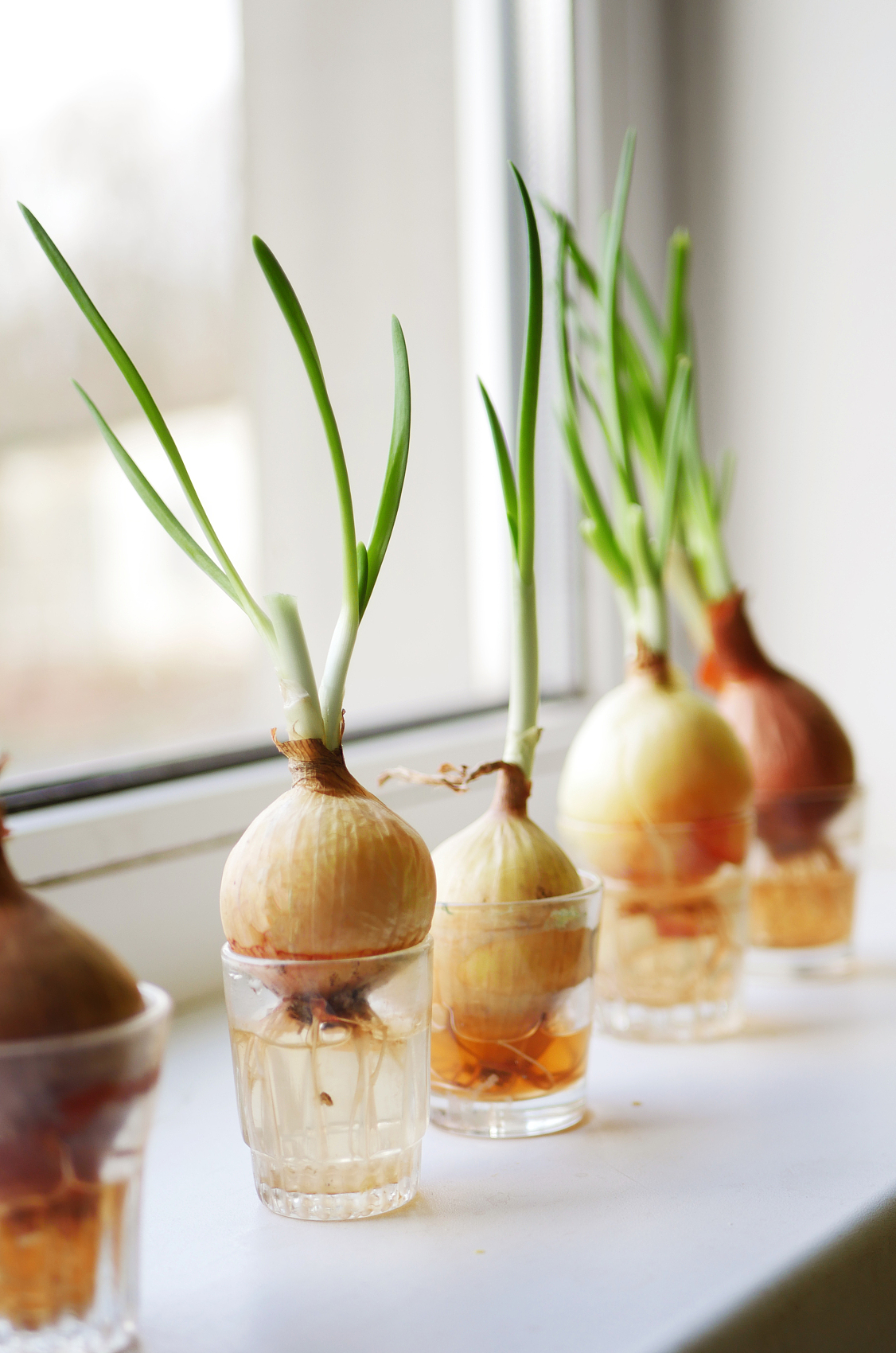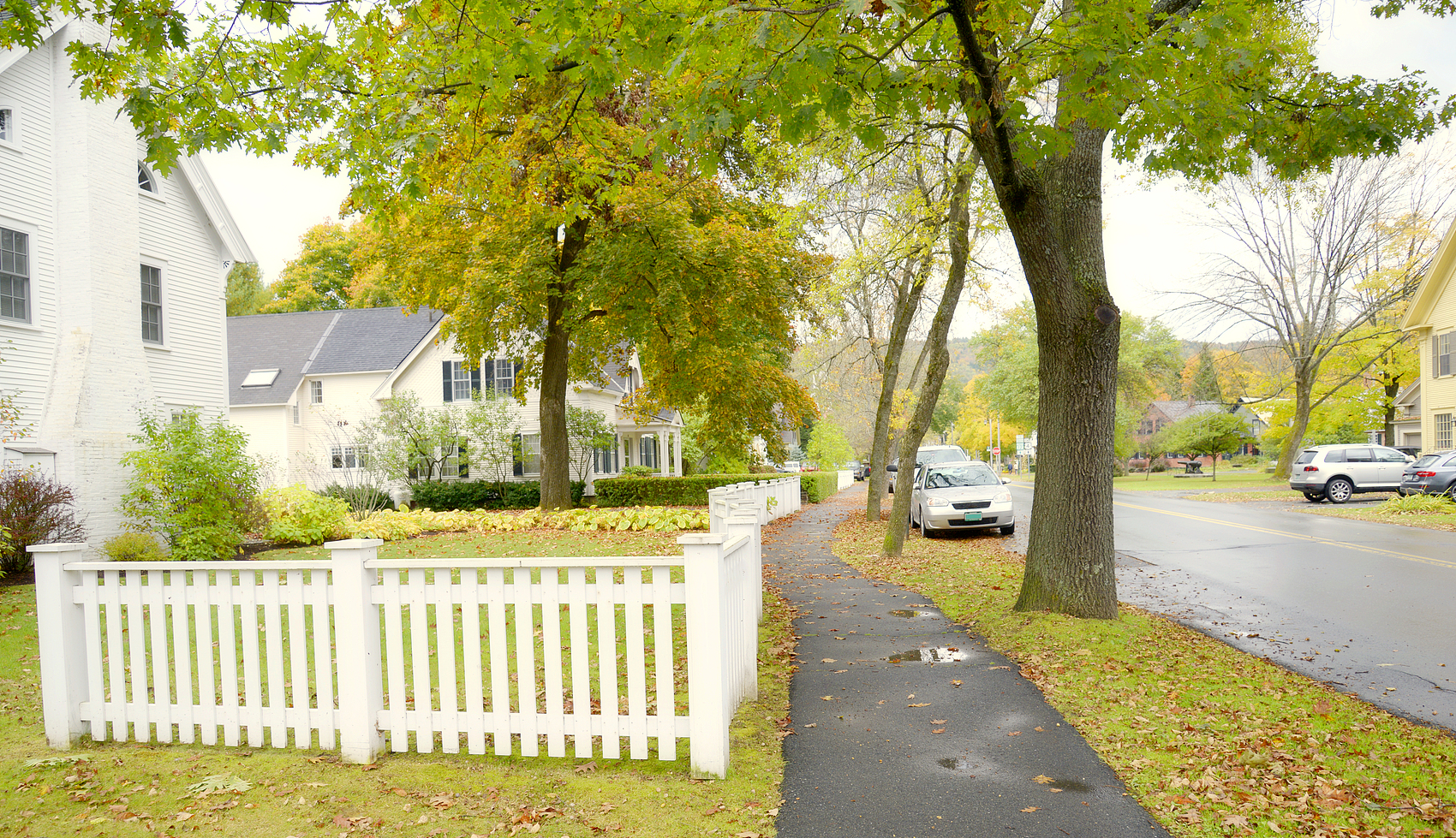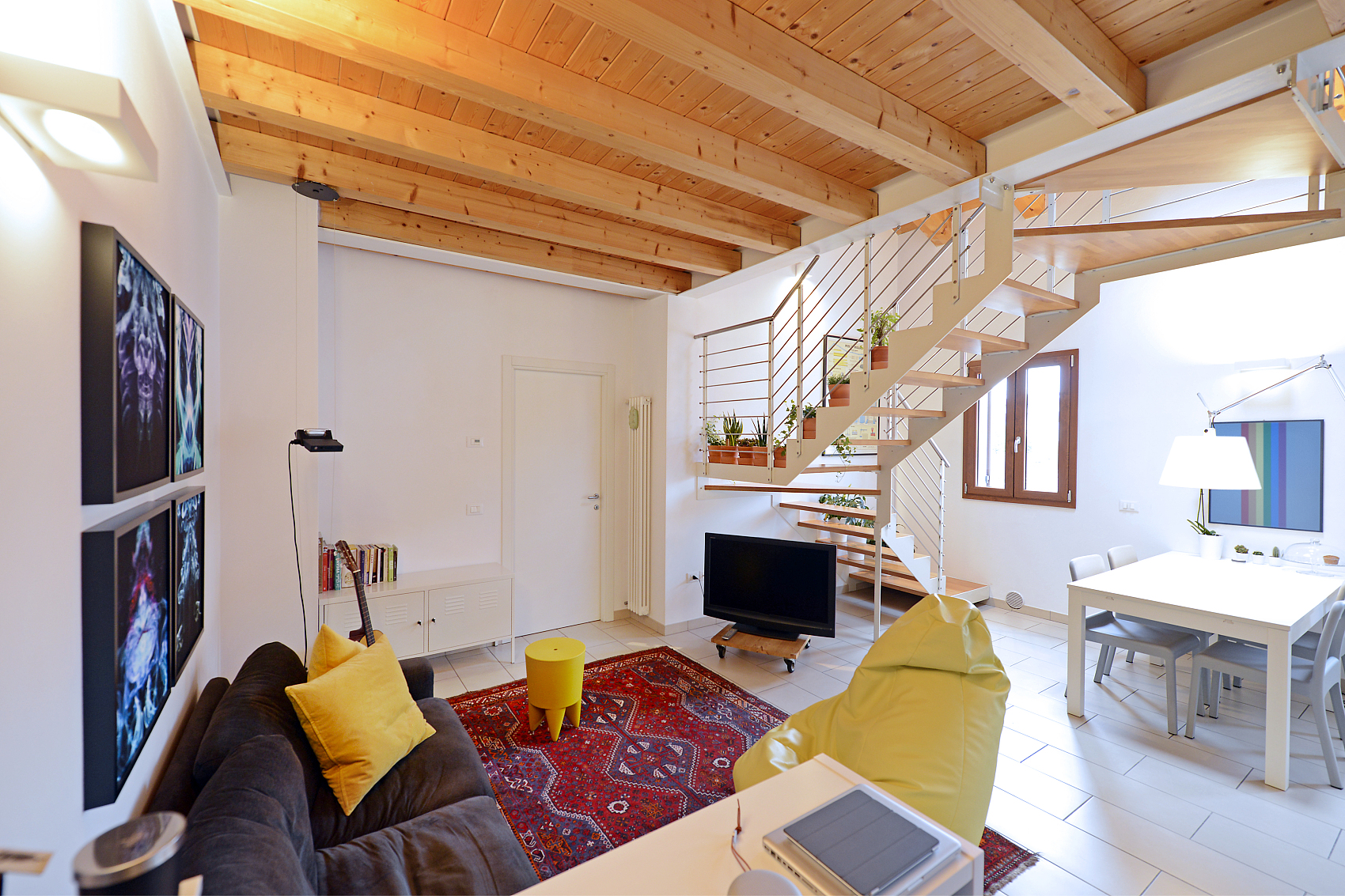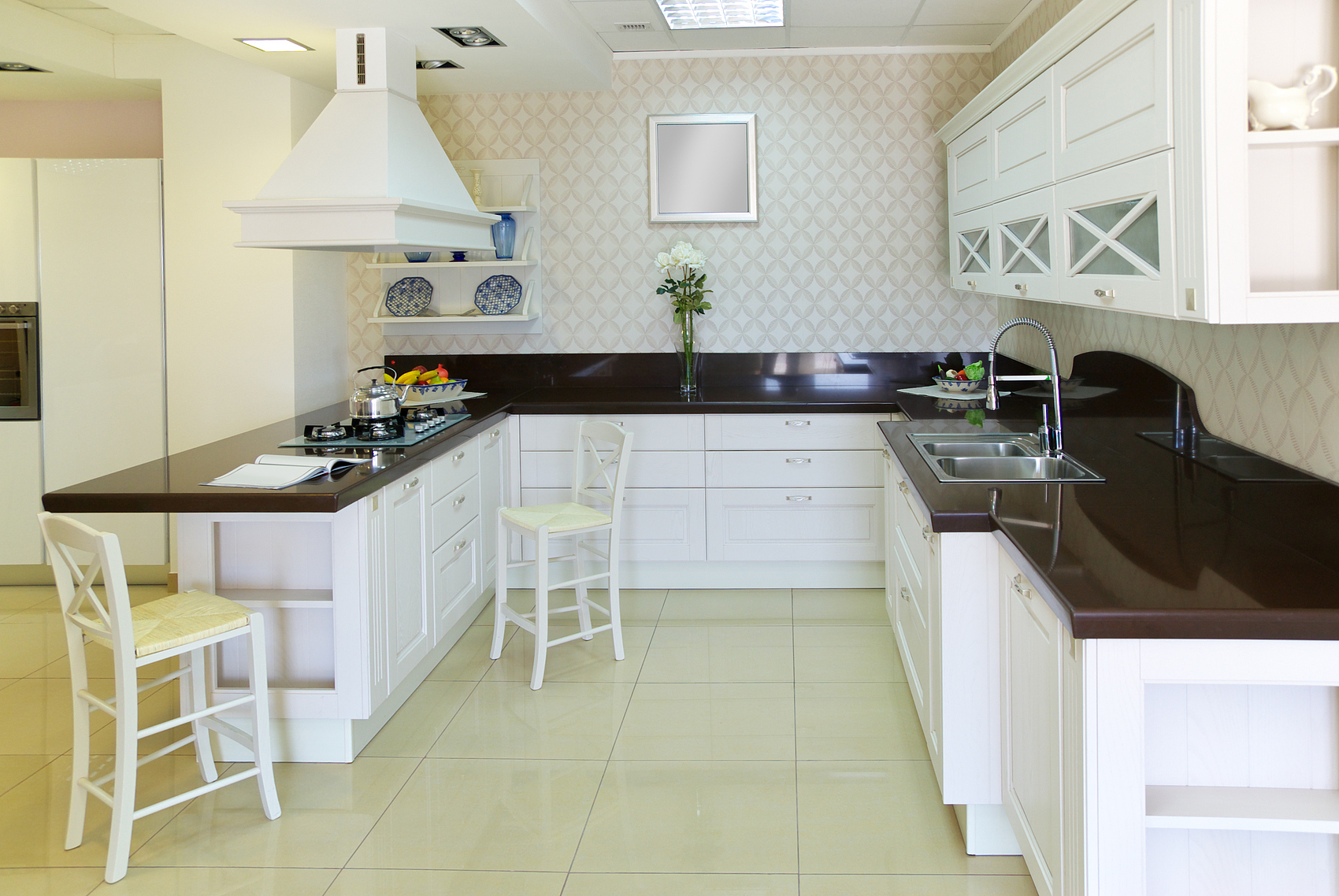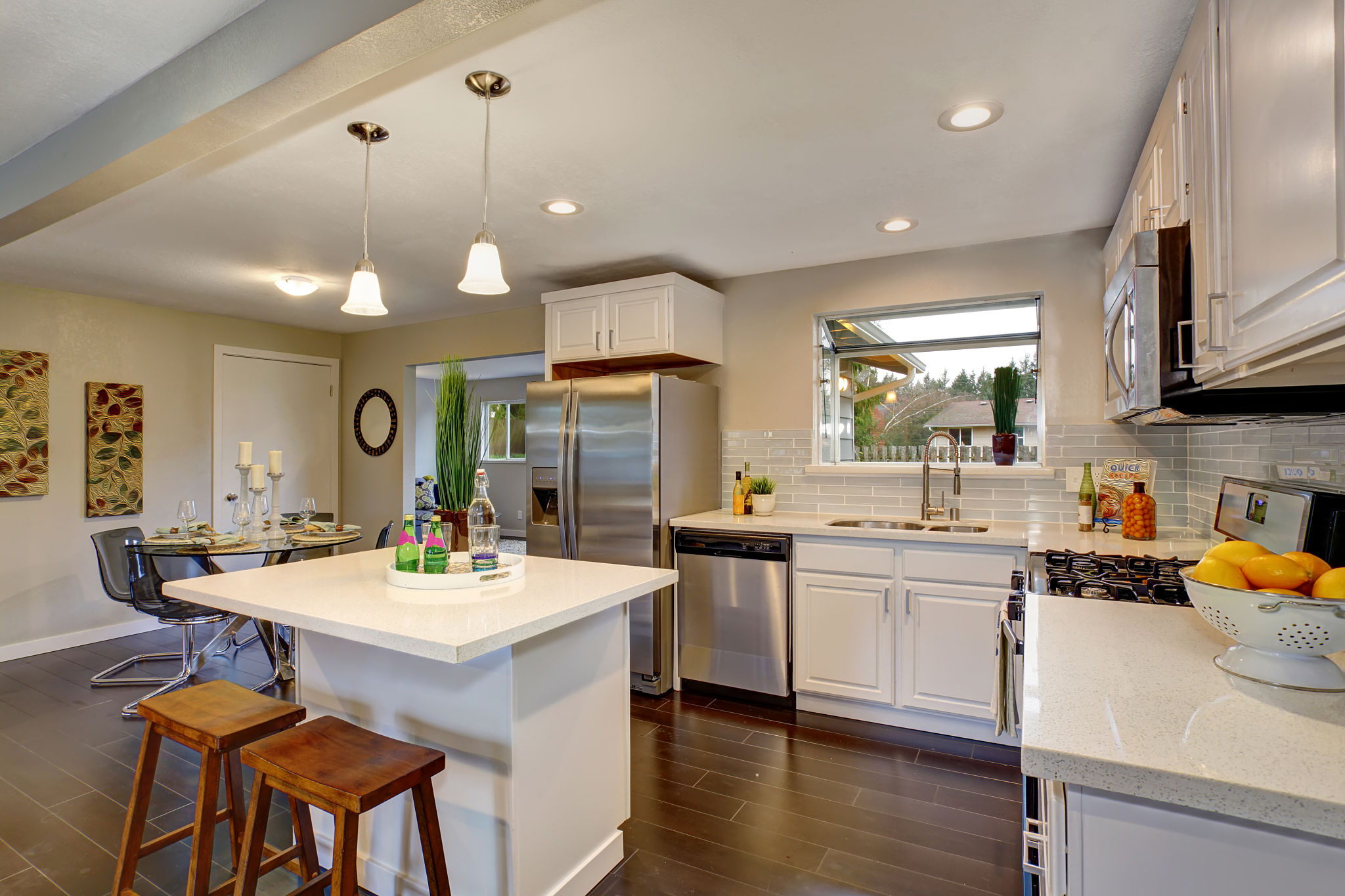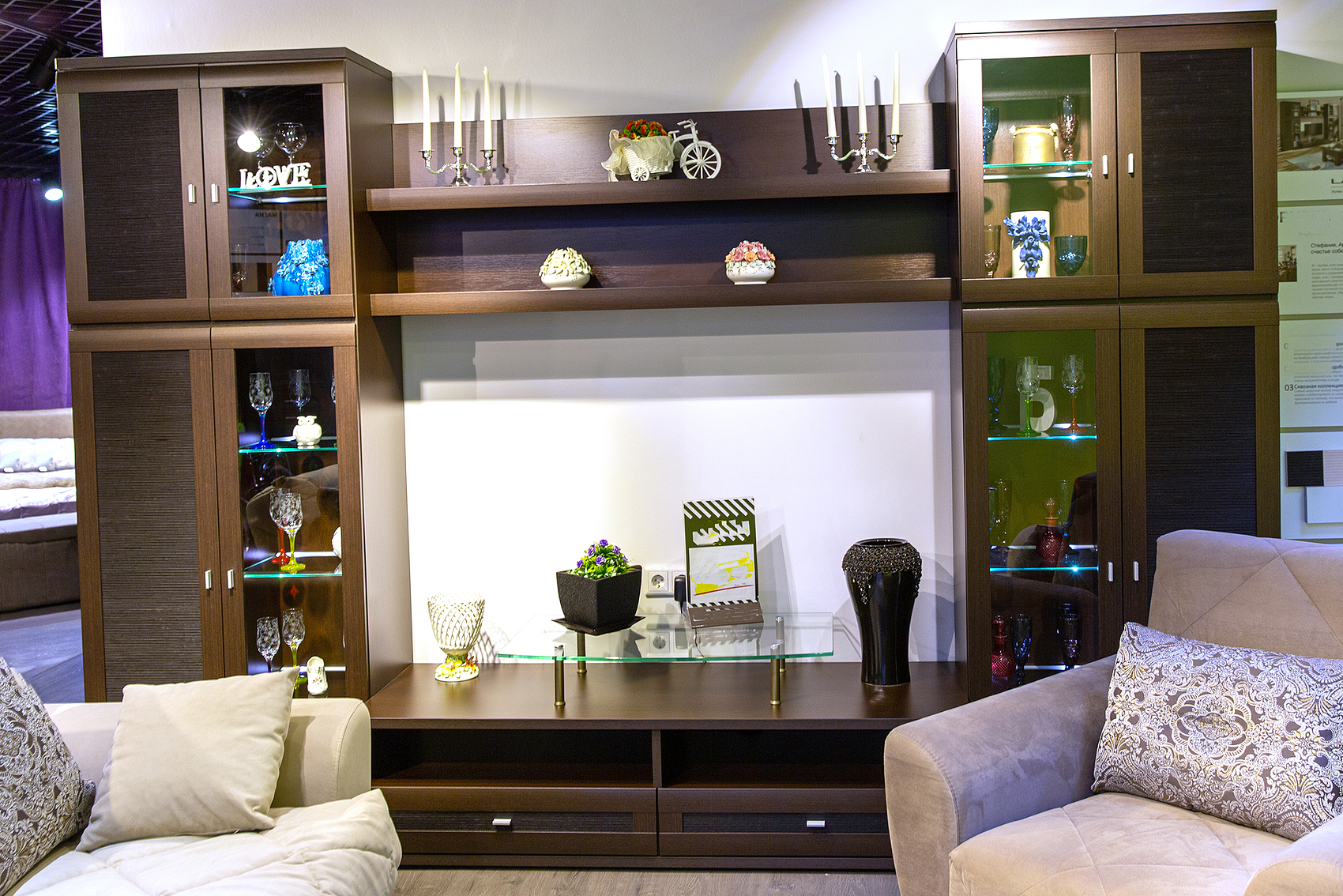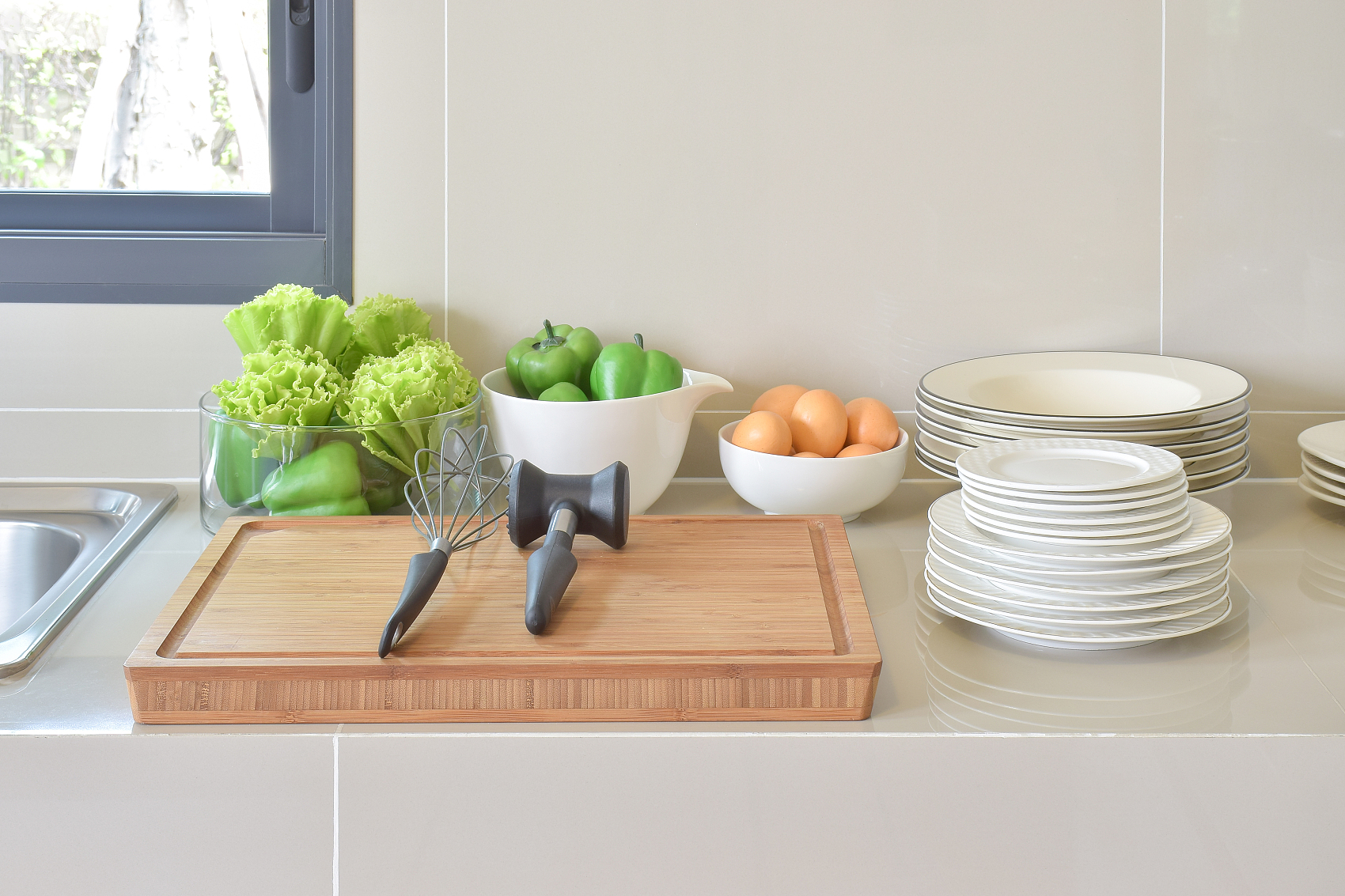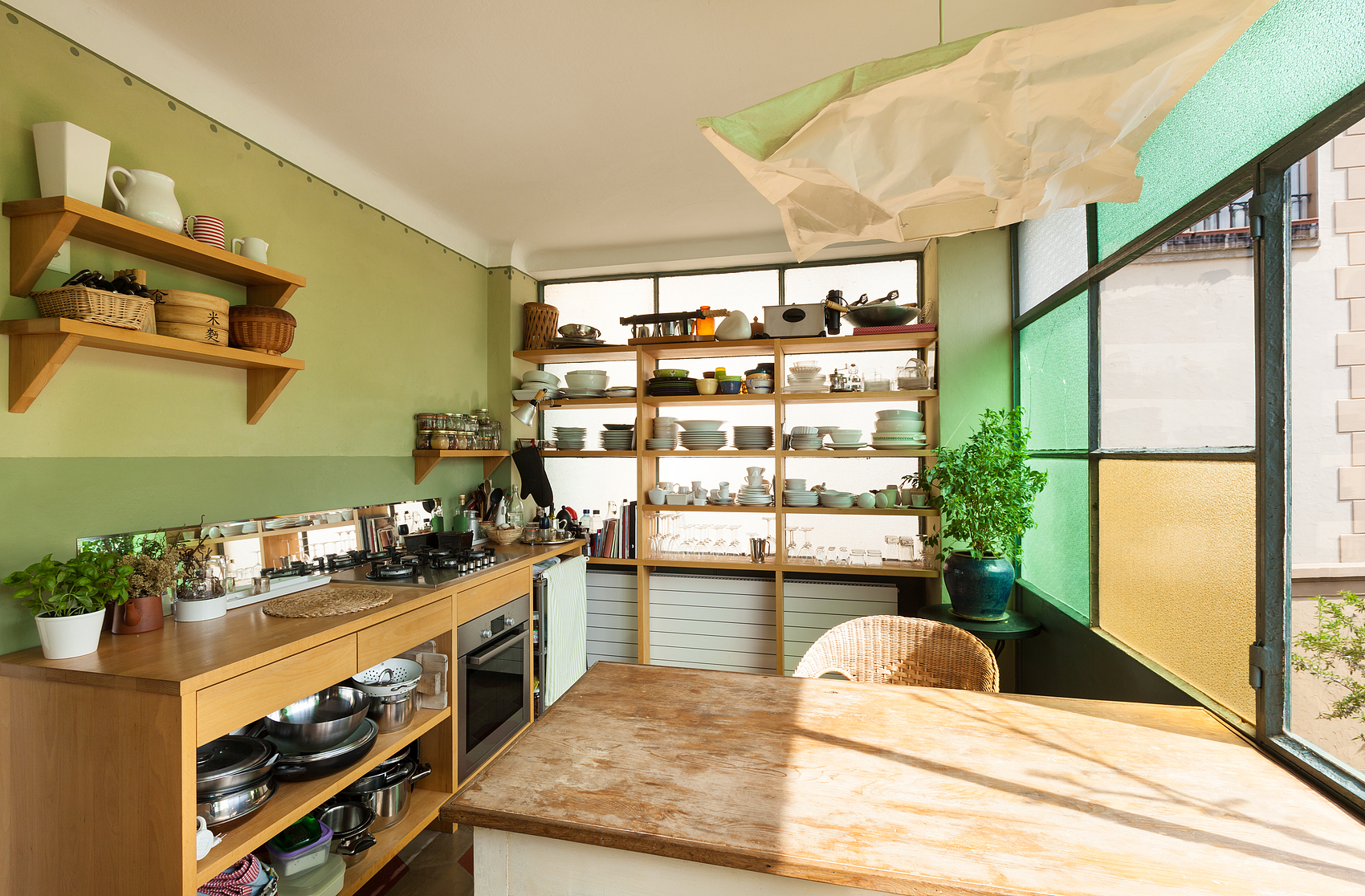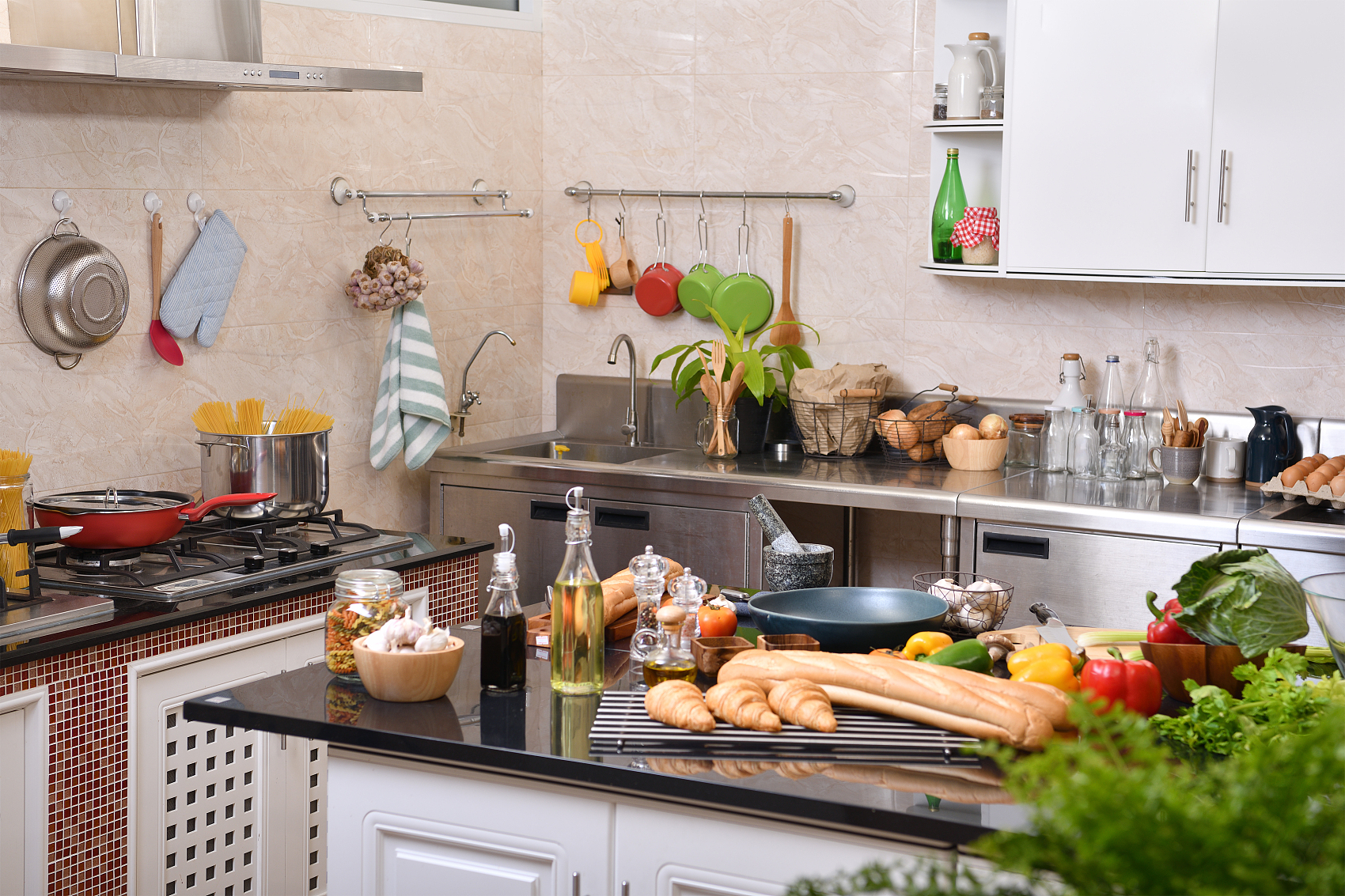Many gardeners have learned the hard way about the pitfalls of planting near their homes. Choosing the wrong plants can lead to roots damaging your foundation, shingles being pulled off, blocked windows, pest problems, and an unwelcoming entrance. Here are some expert tips on what to avoid when planting close to your house.
1. No Buffer Zone
Foundation plantings used to be popular, but now it’s best to keep a clear buffer zone of at least one foot, or even five feet, especially in areas prone to wildfires. Plants too close to your home can invade water pipes, promote diseases by restricting air flow, and attract pests. Cynthia Brian, a garden commentator, warns against planting ivy, bamboo, or trumpet vines near your house, as they can cause structural damage and create homes for critters. A gravel-filled trench can serve as a helpful barrier.
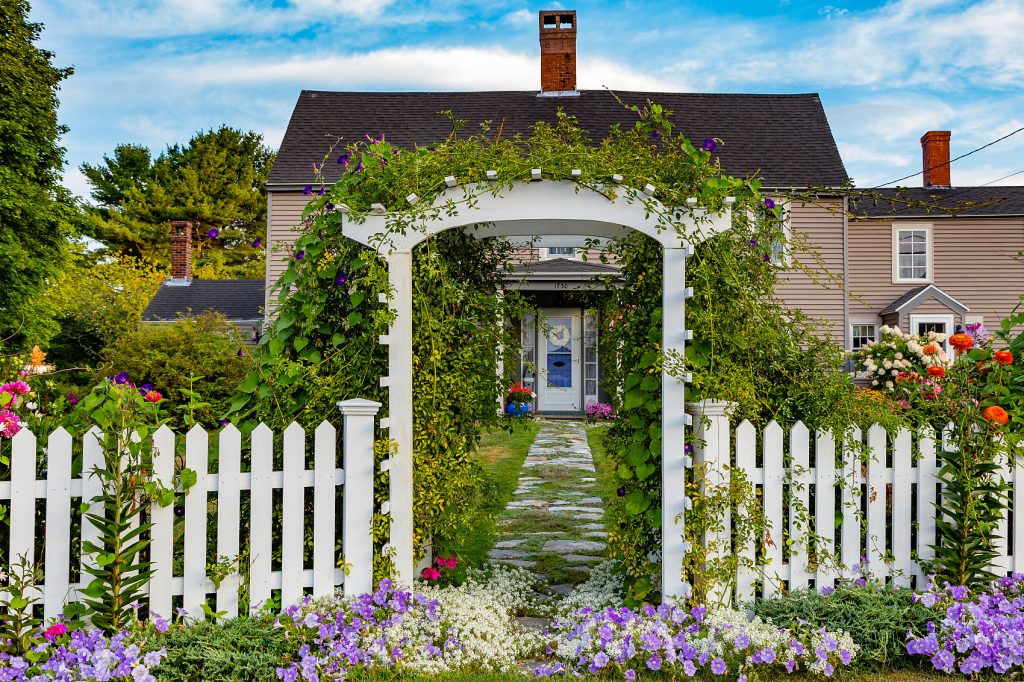
2. Not Considering Mature Size
It’s easy to underestimate how big plants will get. Even nursery tags can be misleading, often showing a plant’s size at 10 years instead of its eventual mature size. Mason Vollmer, an arborist, advises careful placement of large conifers, as their shadows and size can impact your home’s temperature and maintenance. Denise Schreiber emphasizes that popular hedge plants like yews aren’t meant to be pruned excessively; they are beautiful small trees that deserve space to grow.
3. Going Overboard with Fragrant Plants
While many love fragrant plants, they can be overpowering in close quarters. Sue Goetz, a garden designer, recalls a client who removed a hedge because of its unpleasant smell when in bloom. Some fragrant plants, like certain junipers and hawthorn flowers, can emit odors that are less than appealing. To avoid overwhelming scents near windows or doors, consider placing fragrant plants further away from your home.
4. Bee-Attracting Plants Too Close to High Traffic Areas
Flowers that attract bees are great for pollinators but can be intimidating near entrances. Karina Sinclair points out that while we want to support bees, having them buzzing around the front door may not be ideal for visitors, especially those with allergies. It’s wise to plant bee-friendly flowers like bee balm or lavender away from major pathways.

5. Creating a Thorny Welcome
Thorny plants, like barberries and roses, can deter animals but may also scare off visitors. Cynthia Brian suggests keeping roses at a distance from pathways to avoid intimidating guests with their thorns. For a welcoming touch, consider thornless varieties like the heirloom rose ‘Zephirine Drouhin,’ which offers beauty without the prickles.
6. Underestimating Vigorous Roots and Vines
Plants with aggressive root systems can threaten your foundation and sewer lines. Willows, for instance, can send roots seeking water far from their base. The National Garden Association recommends anticipating that trees’ roots will extend 1.5 times their height underground. Opt for plants with compact root systems to avoid issues. Vines like wisteria require strong support and frequent pruning to keep them in check, while ivy can cling to and damage your home’s exterior.
By considering these factors, you can create a beautiful and functional landscape around your home while avoiding common pitfalls.


